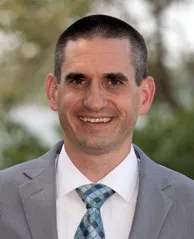NATIONAL MUSEUM OF AMERICAN HISTORY
Collecting In the Wake of January 6
On January 7, Smithsonian curator Frank Blazich spent hours surveying the National Mall collecting abandoned objects. But that was only the first part of the story.
/https://tf-cmsv2-smithsonianmag-media.s3.amazonaws.com/filer_public/83/2a/832ad9e7-32ab-4c67-8a68-d2c66839ab1d/stop_the_steal_sign.jpg)
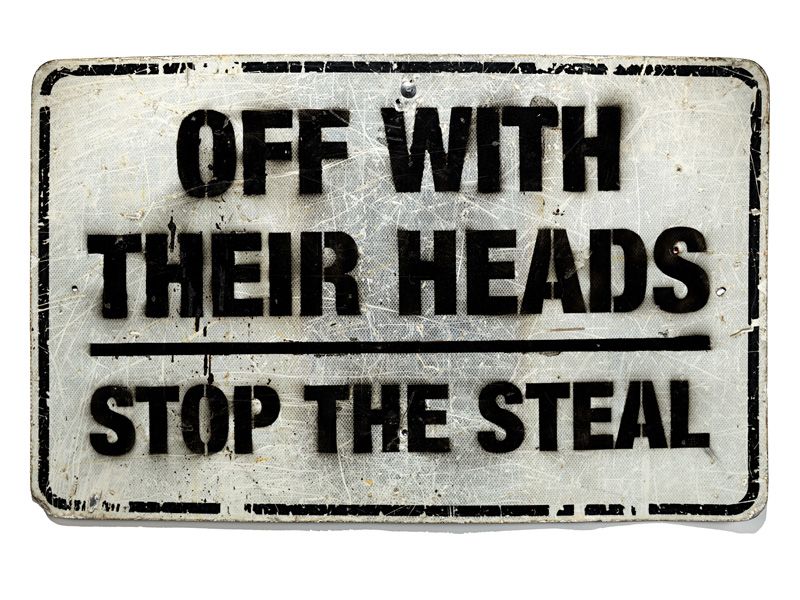
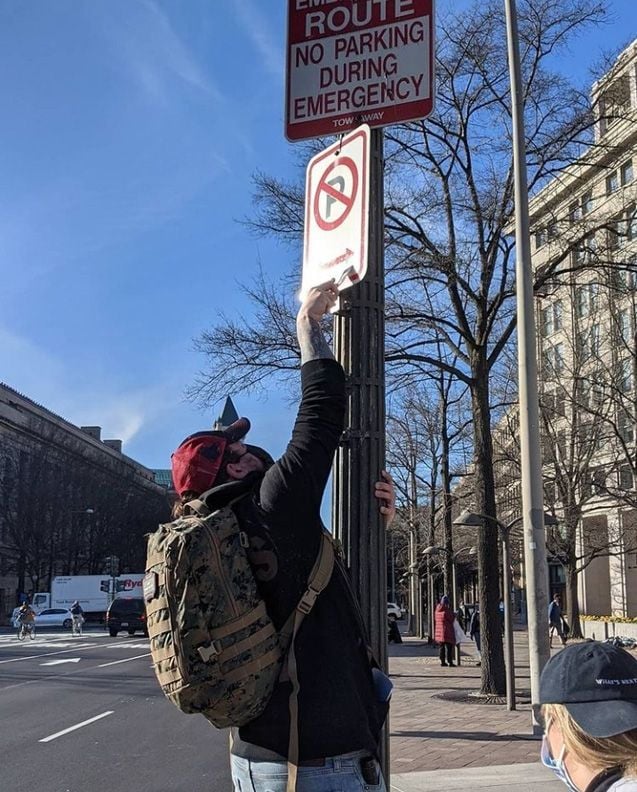
Jennifer Nikodem, a former U.S. Navy petty officer and Continue to Serve’s Director of Operations, shared that members saved notable stickers and a flag from the cleanup effort. Nikodem and Hans “Tex” Palmer, a Marine veteran from Operation Iraqi Freedom, donated two abandoned 2020 Trump campaign flags and numerous vinyl stickers peeled from street signs. These bore the names or insignia of the Three Percenters and numerous Proud Boy factions, with language and symbology targeting the decentralized anti-fascist, anti-racist movement termed “ANTIFA.” Although physically small compared to the signage collected on January 7, the new material culture definitively linked certain actors to the previously “nameless” items which only represented political feelings and sentiment.
The museum has also been fortunate enough to collect materials that speak to how the events of January 6 transformed life in Washington, D.C. In the wake of the attack on the U.S. Capitol, an expanded security perimeter and seven-foot-high fence surrounded the Capitol Building, with checkpoints for the screening of personnel and visitors. Thousands of military and law enforcement officials—including some 9,500 members of the National Guard—were deployed to secure the nation's capital. As residents of Capitol Hill, Peter and Kassie Savoy and their two-year-old son, Noah, experienced this deployment firsthand. Wishing to extend warm hospitality to all the new guests, Noah loaded up a neighbor’s wagon with the help of his parents to hand out snacks and sodas to the soldiers and law enforcement. Assisted by several neighbors, he and his parents ventured out for almost every night over the course of three months to the security perimeter, donating over 2,500 snack bags to the Capitol defenders as small tokens of appreciation and gratitude. Between greetings and conversations about home and in return for his kindness, the soldiers gifted Noah and other local children assorted insignia from their uniforms.
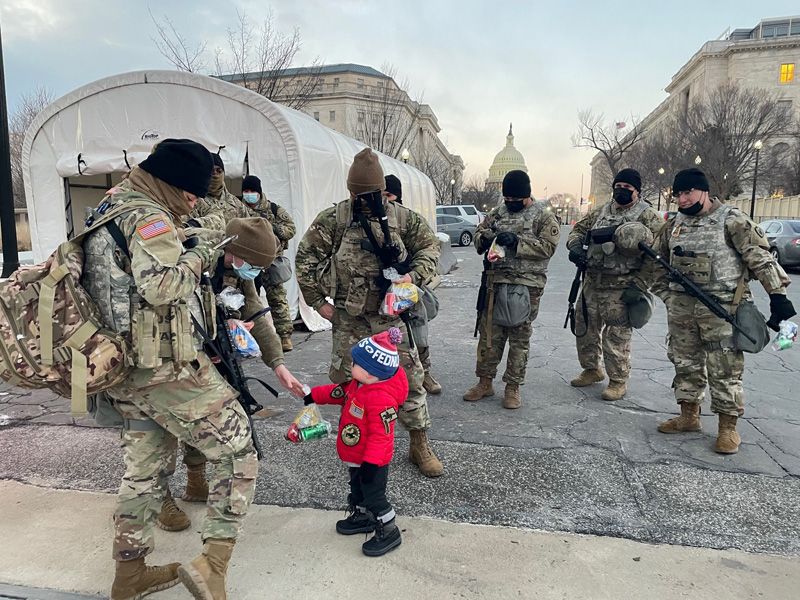
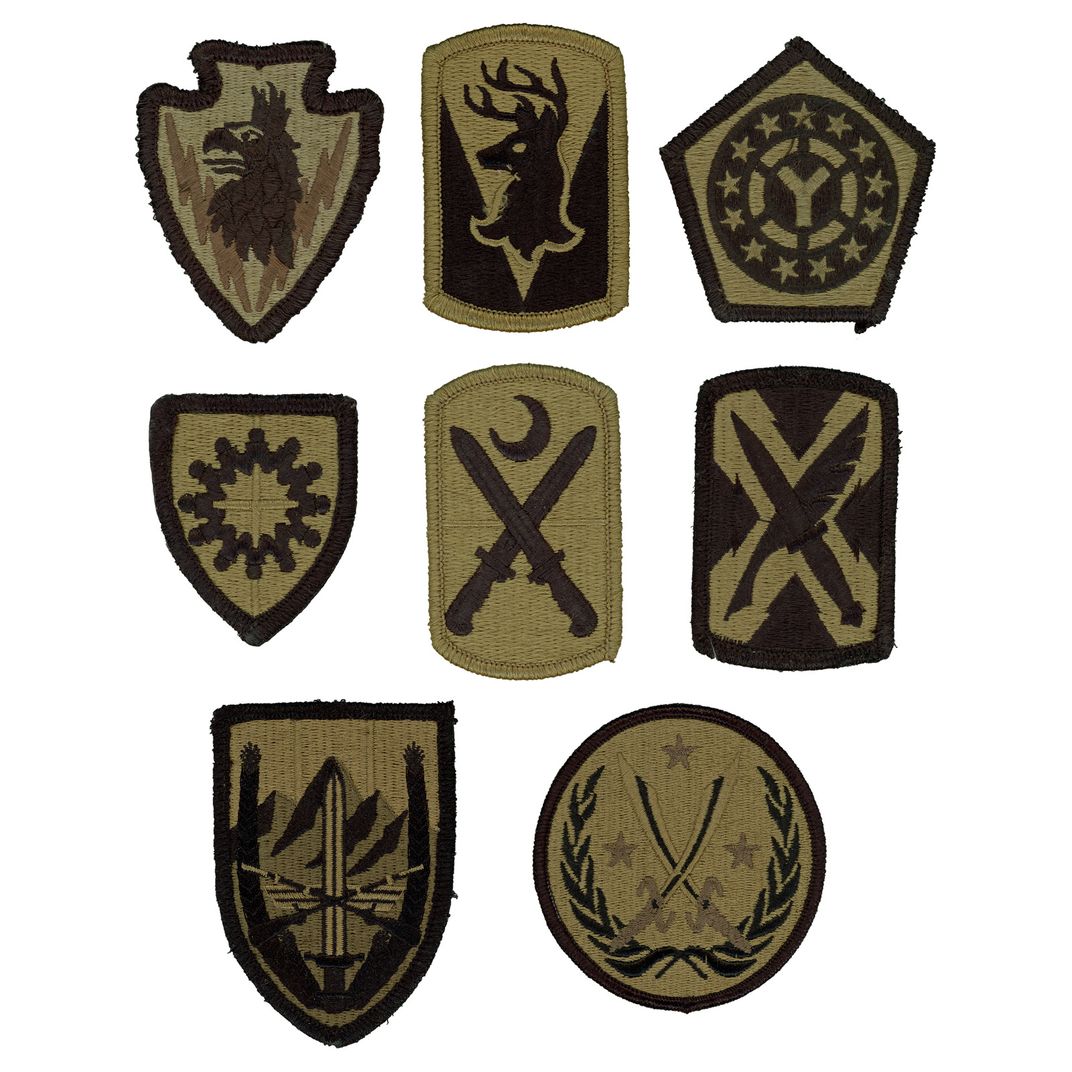
The insignia are a reminder that the same people who for the past 20 years have been on the front lines of the War on Terrorism abroad, whether in Iraq, Afghanistan, Libya, or Syria, found themselves in early 2021 having to clean up or defend the nation’s capital from the actions of fellow compatriots. This reality is sobering, that after two decades of investing blood and treasure in response to an attack by non-state actors of Al-Qaeda on the nation, some Americans who previously supported the War on Terrorism—or fought in it—now find themselves directing their anger and rage against the seat of their national government.
And while some veterans and active military personnel participated in the events of January 6, far more of the nation’s veterans continue to honor their oath to the Constitution and service to the state. Veterans, such as the members of Continue to Serve and those who protected the Capitol Building through May 2021, provide a reminder that selfless service for the betterment of neighbors and fellow humans will triumph over selfish and destructive behavior. Through their kindness to young Noah Savoy, these service members have demonstrated to our youngest generation the positive virtues in public service. As Patrick Savoy noted in a message to me,
“[t]hrough it all we were particularly struck by the professionalism and kindness of National Guards and U.S. Capitol Police. They shared greetings, stories of their little ones back home, and lots of fist bumps to our little man. All while steadfastly fulfilling their role and never once complaining, no matter the hour or the elements. Getting a front row seat to the commitment, kindness, and patriotism of those Service Members is something that will stay with our family for years to come.”
Even after passage of a year, the events of January 6, 2021, are still developing and coming into focus. The emotions from that day are still raw, and the facts of the day continue to come to light. The interpretation of artifacts from January 6 will remain a matter of time and analysis. But the objects collected post-January 6 offer a stark contrast: that neighborly kindness and public service provide a path to healthy democracy.
This post was originally published on the National Museum of American History's blog on January 6, 2022. Read the original version here.

